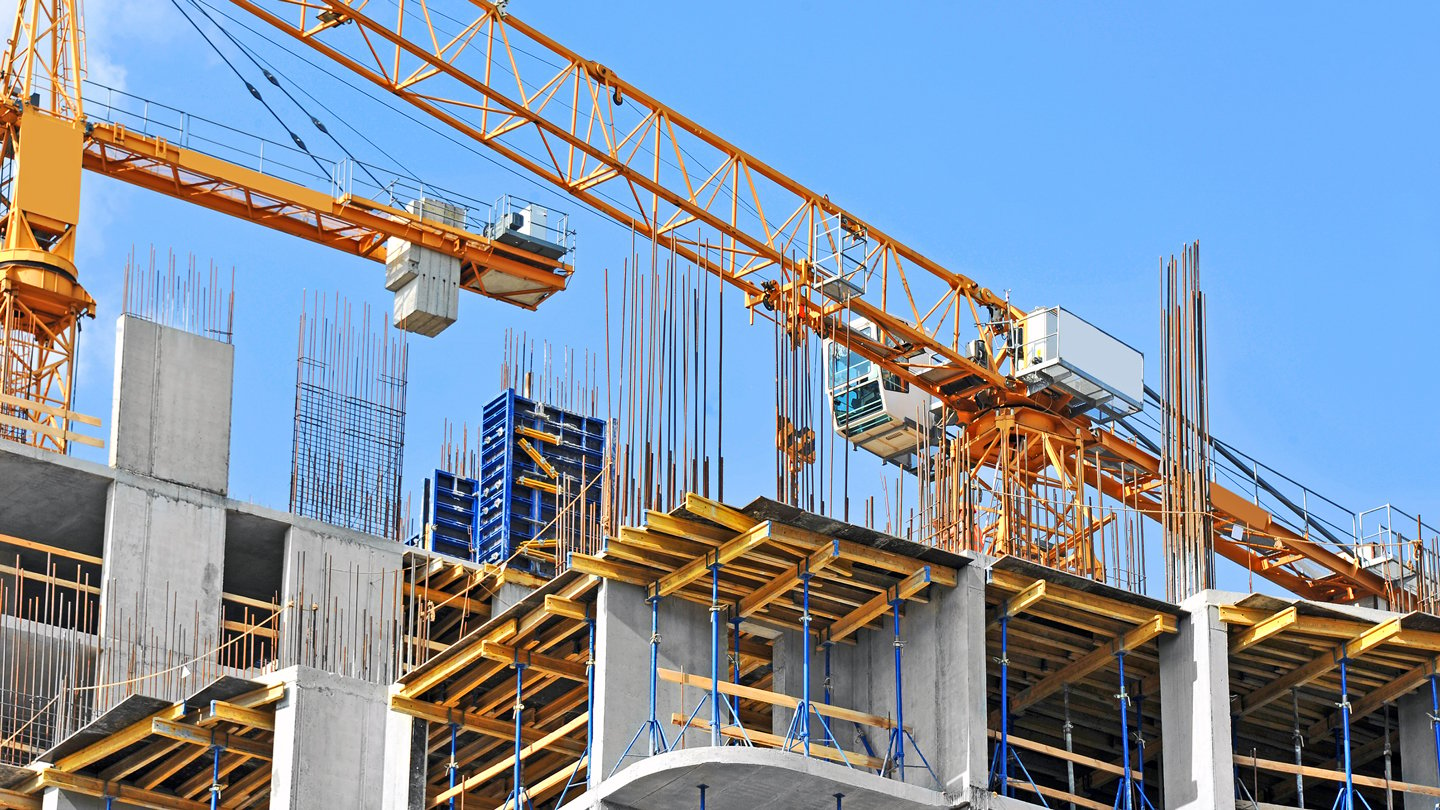Commercial Real Estate Made Record Impact on U.S. Economy in 2022

Each CRE property type experienced growing construction activity, led by manufacturing.
The NAIOP Research Foundation’s annual “Economic Impacts of Commercial Real Estate” report reveals that the industry’s importance to the U.S. economy continued to grow in 2022. New commercial real estate development and the operations of existing commercial buildings contributed a record $2.3 trillion to U.S. GDP and supported 15.1 million jobs.
The report, authored by Brian Lewandowski, Adam Illig, Michael Kercheval and Richard Wobbekind, Ph.D., draws from construction expenditure data provided by Dodge Construction Network, a NAIOP construction cost survey, and data published by the U.S. Census Bureau to estimate the economic contributions of new commercial building development. Per-square-foot expenditure data from the National Council of Real Estate Investment Fiduciaries (NCREIF) is compared with total size estimates provided by Newmark to estimate the contributions of existing building operations. An interactive map on the report website illustrates the contributions of new office, warehouse, industrial (manufacturing) and retail building development to the economies of the 50 states and the District of Columbia.
Construction expenditures in 2022 grew for each of the four main commercial property types, and were up 41.6% overall. Manufacturing building construction expenditures, spurred by reshoring activity, grew 143.4% from 2021, exceeding new warehouse construction for the first time since 2019. Rising construction activity occurred against a backdrop of strong but cooling economic growth (real GDP grew 2.1% for the full year) and slowing construction cost inflation.
Although 2022 was a strong year for commercial building development, emerging headwinds may hinder growth in 2023. Slowing economic growth, inflation, workforce shortages and continued supply chain issues pose potential challenges for the industry. Office properties face diminished demand due to hybrid and remote work, resulting in more space available on the sublease market and downward pressure on lease rates. While long-term leases have shielded office building owners from downturns in office utilization over the past three years, lease expirations are gradually eroding net operating income, and buildings with maturing office loans must now refinance at higher interest rates.
Industrial buildings face more favorable fundamentals, as the supply of new space has yet to catch up with the surge in demand generated by growth in e-commerce and the retooling of supply chains following the stockouts that occurred in 2020 and 2021. Industrial space demand is now cooling as e-commerce sales growth flattens and occupiers prepare for a potential recession. Over the longer term, government incentives for domestic manufacturing of semiconductors and renewable energy products should support continued reshoring activity and boost demand for industrial space.
While representing a smaller share of new development, fundamentals for retail properties have been improving. New retail property development remains below highs reached in 2016, limiting the supply of new space. Meanwhile, improved retail sales, aided by innovations in omnichannel distribution, have supported a recovery in occupancy rates, which are now at pre-pandemic levels. The sector is also benefitting from greater diversification as a rising proportion of retail space is occupied by grocers, restaurants and service providers.
Shawn Moura, Ph.D., is research director at NAIOP.
|
Get the Report
To view and download “Economic Impacts of Commercial Real Estate,” visit naiop.org/research-and-publications/research-reports/ |








